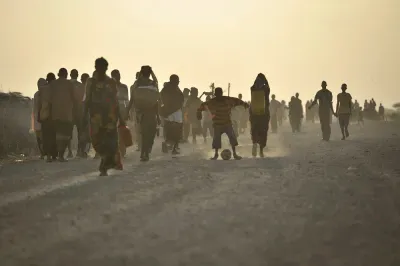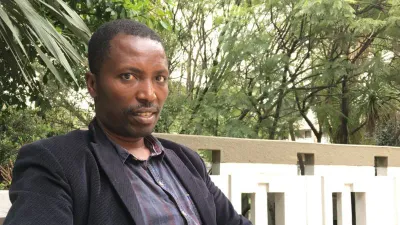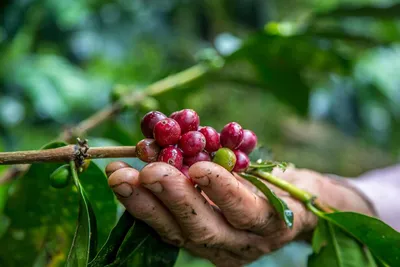The resurgence of Oromo culture seen through Kenyan eyes

Members of the Oromo cultural team during the 2023 Fiche Chambalala celebrations in Hawassa, Sidama (Photo: Abiy Ahmed Ali/Facebook)
When I was a child, my father used to buy CD records of Oromo songs from Eastleigh, Nairobi. I grew up listening to Mohamed Sheka, a prominent artist who fled Ethiopia in the 1990s and settled in Nairobi, where he converted many of the traditional Borana classics into modern songs while living as a refugee. Other artists such as Fayyisaa Furi, Falmata Rorro, Mulu Baqqala, Jambo Jote, Tadele Gemechu, and later on, Hachalu Hundessa were household favorites. However, my knowledge of Oromia and the political situation in Ethiopia was limited. Although I was aware that Ethiopia was a difficult place for Oromos, my understanding of Oromia, its diversity and culture, was limited to the knowledge that Oromos in Ethiopia were related to us, the Borana in Kenya.
We used to classify the other Oromo-speaking tribes in Kenya—the Orma, Waata, Gabra, and Munyo Yaya—as the larger Boran tribes. We also mistakenly used to call the Oromo language, Afaan Oromoo, simply as ‘Afaan Booranaa.’ This is attested in the Bible used by missionaries in Northern Kenya, which was translated into Afaan Oromoo titled as ‘Afaan Booranaa.’ Hence Oromo-speaking groups in Kenya came to call this language ‘Afaan Booranaa.’ Most of us were unaware of the political situation in Ethiopia, save for those in Marsabit who considered themselves part of the wider Oromo nation.
The Political Situation in Ethiopia
The turn of the 20th century saw the Oromo people being defeated by the Abyssinians (also known as the Habesha), and the subsequent establishment of the Ethiopian state. As people vanquished militarily, the Oromo lost control of their territories and became economically impoverished. The distortion of their history portrayed them as “invading hordes” who arrived in Ethiopia only in the 16th century, despite being one of the ancient Kushitic peoples who have inhabited Northeast Africa for millennia.
To prevent any attempt by the Oromo people to reclaim their agency, their culture was relentlessly attacked. The custodians of their indigenous knowledge were hunted and killed. Encampments 1 Almost all cities and towns in Oromia, including the capital Addis Ababa (known to Oromos as Finfinne), were originally established as colonial outposts. The Amharic word for ‘city,’ ‘Ketema,’ which means ‘to encamp,’ reflects this historical process in Ethiopia. of soldiers and settlers dotted their land to enforce the state’s rule. The use of their language for school and public service was banned. Sheiks and evangelical pastors who dared to preach in the Oromo language were punished and forced into exile.
The first radio program in Afaan Oromoo would broadcast not from Ethiopia but from Somalia.
2
In 1971, the government of Somalia, led by Mohammed Siad Barre, launched a one-hour Afaan Oromoo program on Radio Mogadishu. Its primary goal was to agitate the Oromo people against the Ethiopian Imperial Government for its own geopolitical designs rather than in solidarity with the Oromo people.
Artists like Ali Birra began their musical careers in closed-door events. As Walleligne Mekonnen, a student activist at Haile Selassie University in 1969 puts it, to be a “genuine Ethiopian” one had “to speak Amharic, to listen to Amharic music, to accept the Amhara-Tigre religion, Orthodox Christianity…Start asserting your national identity and you are automatically a tribalist, that is if you are not blessed to be born an Amhara. According to the constitution, to go to school, get a job, and read books, you will need to know Amharic.”
“To be an Ethiopian,” Walleligne concludes, one had to “wear an Amhara mask.”
Like all victims of imperialism, the Oromo and the rest of the oppressed nations in Ethiopia resisted using diverse means and made incremental gains over the years. The 1974 revolution which deposed Haile Selassie restored land to the peasants before ushering in a military dictatorship. The windfall of the revolution was immense as Oromo farmers regained their land but their identity and culture was still restricted. 17 years later, the Ethiopian People’s Democratic Front (EPRDF) and allied groups toppled the military dictatorship, which enabled the Oromo to establish Oromia, their homeland lost a century ago.
Knowing a democratic dispensation would bring the Oromo people to the forefront of Ethiopian politics, the most dominant member of the EPRDF, the TPLF, forced all political parties that enjoyed popular support among the masses into exile and started ruling the country with an iron fist. In Oromia, the TPLF ruled through the Oromo People’s Democratic Organisation (OPDO), a surrogate party formed out of prisoners of war and ‘yes-men’ whose sole function was to aid in the exploitation of Oromia’s resources and the silencing of its citizens.
This changed when Oromo youth from all corners of Oromia waged a costly but successful non-violent protest from 2010 to 2016, culminating in a regime reshuffle that brought an end to Tigrayan dominance in Ethiopia.
But as we say “It is not yet Uhuru” in Kenya; it is also not yet “Bilisummaa” in Oromia. The OPDO, the surrogate party that was serving the previous regime, hijacked power and anointed themselves the new dictators of Ethiopia, with a new party and a new name. Things are still uncertain. Despite the uncertainty and repressive tactics of the new regime, the Oromo people have continued to revive their once-subjugated culture and build on the gains made.
Northern Kenya
Observing from Kenya, Dido Wario, a student at Mount Kenya University says “The cultural renaissance since 2018 represents a significant shift in the power dynamics and cultural identity within Ethiopia,” adding, “It reflects the Oromo people’s desire for greater recognition and representation within the country. Overall, it’s a pivotal moment in Ethiopian history.”
Even in Kenya, the youth have started to identify themselves as Oromos and wear bracelets adorned with Oromo cultural symbols. Samira Wario, a Bank M-Pesa agent in Isiolo, told Curate Oromia, “I don’t think our people knew they were Oromos before; now Oromo flags and songs are almost everywhere, from tuk-tuks to homes and workplaces.”
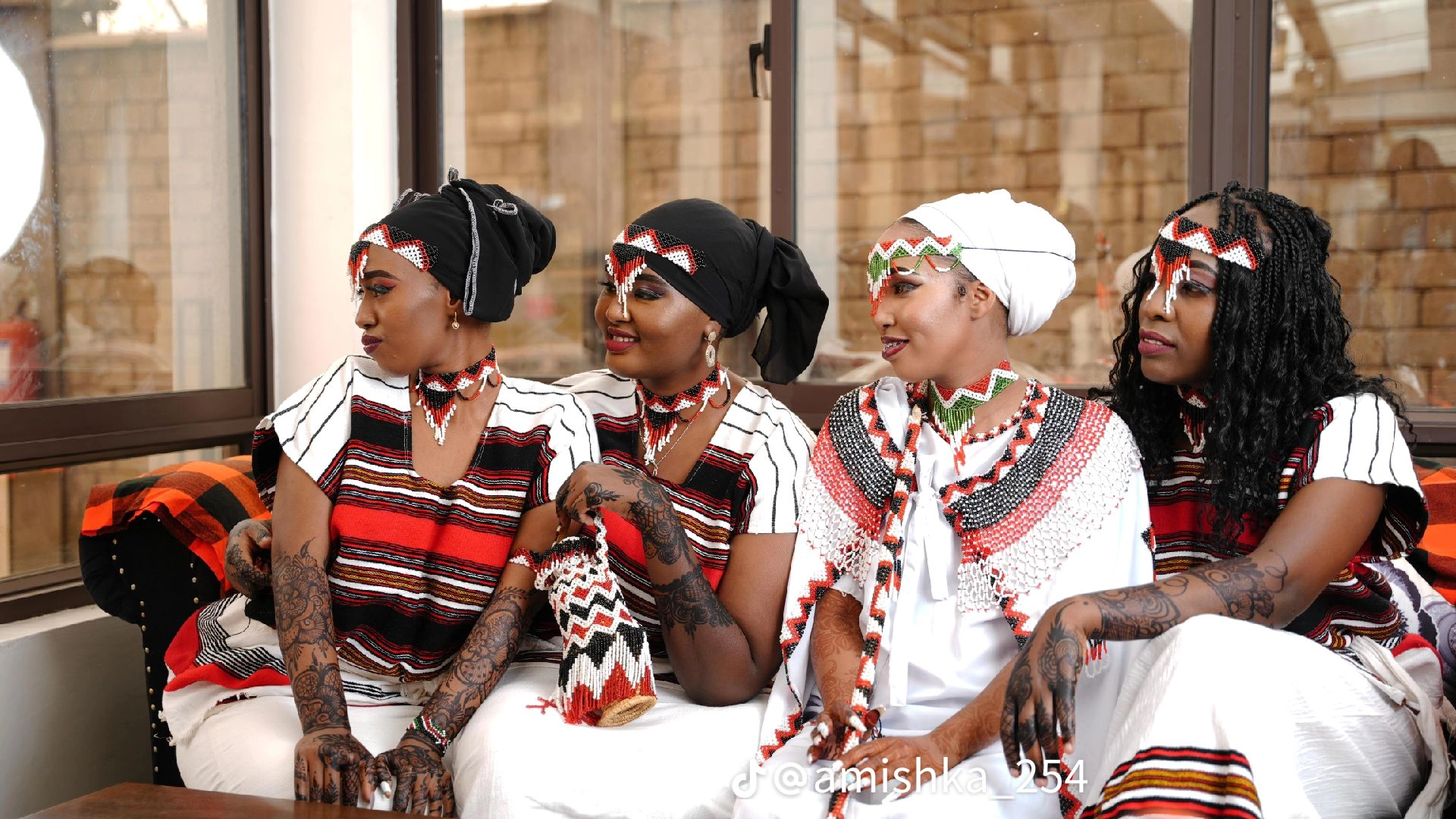
Ali Dabbasso, a farmer who was born in Marsabit but lives in Isiolo, agrees “there has been an increased sense of unity and identification as Oromos in Kenya” but contends “traditional clan affiliations remain strong. This dual identity reflects a balance between a broader Oromo identity and the maintenance of distinct tribal cultures and traditions.”
Mohamed Guyo Duba, a Human Resource professional, told Curate Oromia “Artistic expression among Kenyan Oromos has developed, with more artists drawing inspiration from Oromo culture and contemporary issues.” He further added “The listening habits have also shifted, with an increasing preference for Oromo music and cultural content.”
Social media has also played a big role in facilitating communication between Kenyan Oromos and Oromos in Ethiopia. Not only have we learned about the diversity of each Oromo tribe and Oromia through social media, but it has also helped us learn ‘Qubee,’ the Oromo alphabet, which has been adopted by Google and Meta on their platforms. I taught myself Qubee using social media and other resources on the internet.
Samira, the Bank M-Pesa representative, adds she has noticed Kenyan Oromos writing in Qubee on matters involving their community.
Abdulghafur Abdi Guyo, a student at Kenya Methodist University, says he has started joining “pages and groups on Facebook that focus on Oromo culture in Ethiopia; I hope I will get a chance to connect with them.”
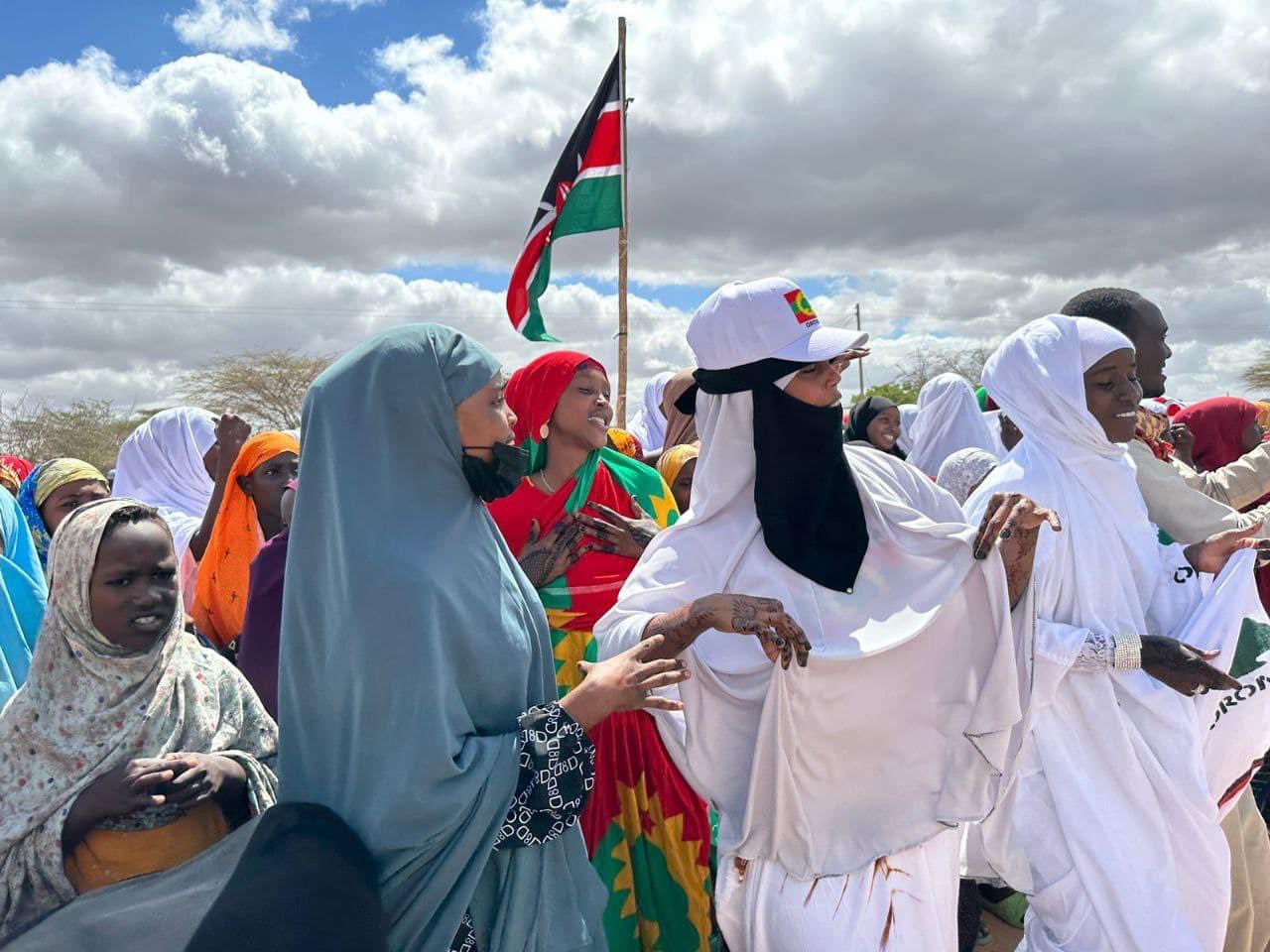
Both governmental and non-governmental organizations like tour agencies have massively promoted Oromo culture and Oromia’s majestic landscapes. The first ‘Miss Tourism Oromia’ Halima Abdushakur, visited Marsabit County to foster a good tourism relationship between the two communities.
Somali fears
These small developments and engagement between Oromos in Ethiopia and Kenya have given rise to a narrative driven by Somali nationalists that Ethiopia is planning to annex Lamu together with the three Oromo-dominated counties in Kenya. Farah Maalim, a controversial MP for the Daadab constituency, in support of Somalia’s current political rivalry with Ethiopia, recently wrote on his X account that Abiy Ahmed is “toying with the idea of annexing the port of Lamu.”
But the narrative that Oromos are planning to annex Kenyan Oromo-dominated counties and Lamu is likely driven by political and ethnic tensions rather than reality. It’s important to approach such claims with skepticism and seek reliable sources to verify the information. Ethnic tensions and rumors can easily fuel misunderstandings and conflicts. It’s also crucial to promote dialogue and understanding among communities to address concerns and prevent misinformation from escalating tensions.
Oromos and Somalis throughout history have lived together in harmony as neighbors, and here in Kenya, we live and conduct businesses together. Our livelihoods and businesses are dependent on each other and, as such, we are forever bound with each other as one big family. Small skirmishes may unravel in times of political campaigns, but our peaceful coexistence outweighs our differences.
In Ethiopia, the ruling Prosperity Party is making some small progress, but it must also understand that inclusivity and dialogue are paramount if we are to be united for development. The global press have constantly reported the mass incarceration of youth, extrajudicial killings, and assassinations of prominent artists and politicians across Oromia. The number of Oromos fleeing to Kenya due to fear for their lives and families is on the rise. The situation in the rest of Ethiopia is equally distressing. The Prosperity Party needs to realize that ruling with an iron fist in this era will never be sustainable.

The economic relationship between Kenya and Oromia remains limited but is growing. There are opportunities for cross-border trade and collaboration in areas such as livestock, agriculture, and small-scale businesses. However, more structured economic partnerships are needed to enhance this relationship.
While there’s darkness encircling the Oromo nation, I remain optimistic that a new dawn is on the horizon. A dawn that will see prosperity for the three neighboring nations of Ethiopia, Kenya, and Somalia if these challenges are resolved.
Footnotes
We need your support
We trust you found something of value in this article. If so, we kindly ask you to consider helping Curate Oromia continue its work.
If you believe in the importance of independent voices and honest reporting, we invite you to support our efforts through our GoFundMe campaign.
Every contribution, however small, goes directly to our writers and the expansion of our reach.
Thank you for your support.

